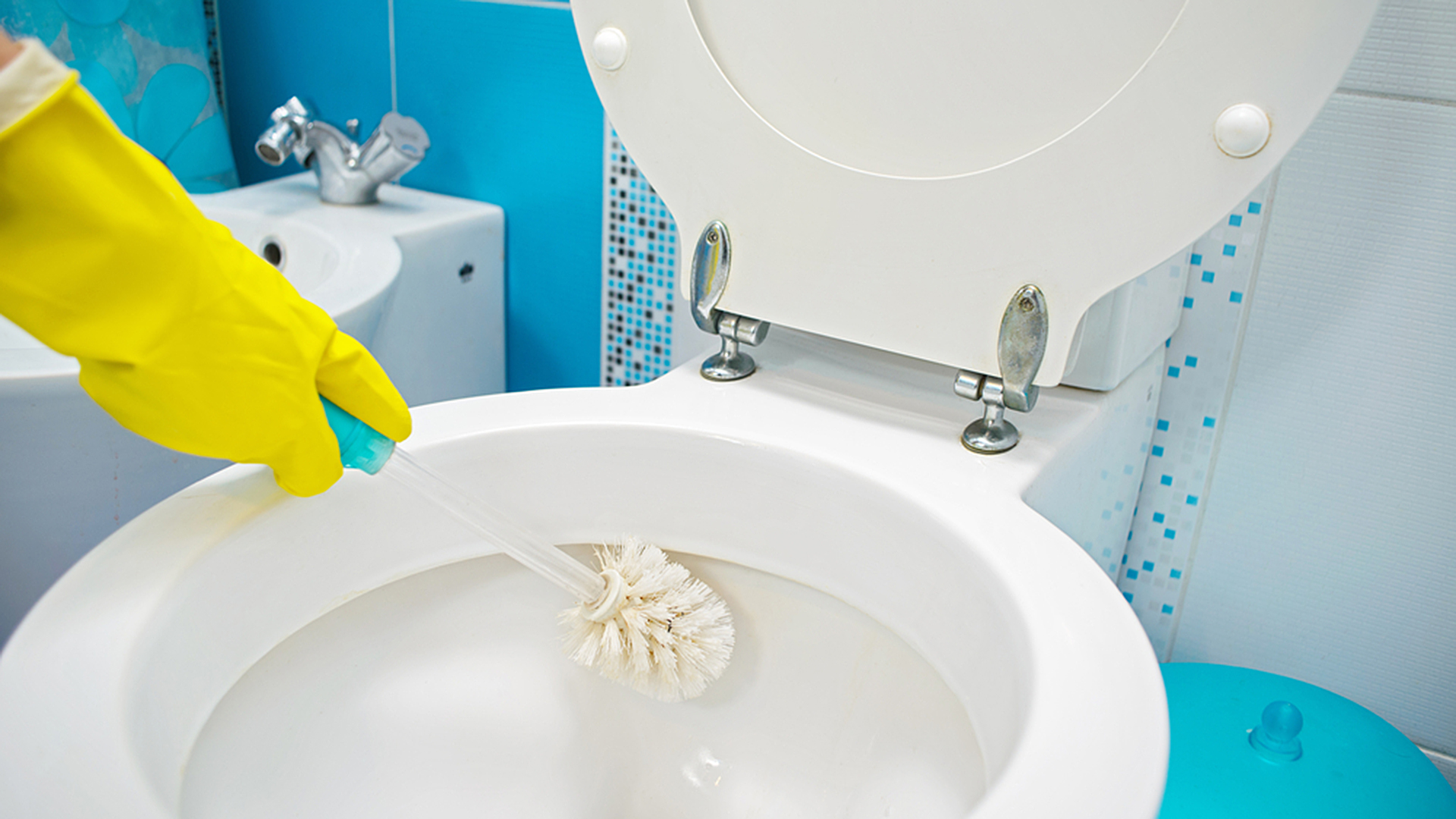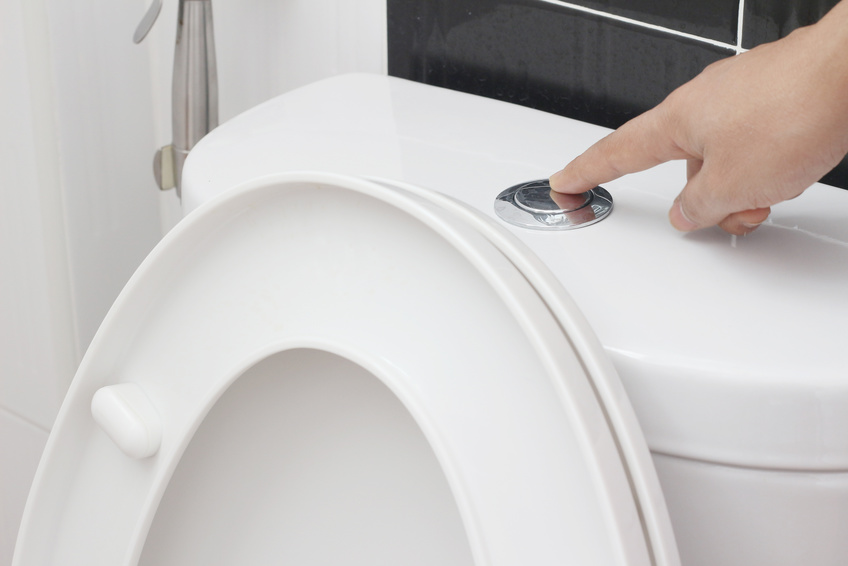
Disinfecting Tips to Maintain Proper Sanitation and Hygiene in Toilets
The typical means to gauge an organisation’s cleanliness is the restroom. Toilets are breeding grounds for bacteria and source for cross-contamination. They are a place where contagious diseases could potentially spread by touching commonly used surfaces such as faucets, sinks, paper towel dispensers, doors and soap dispensers.
There is a difference between cleaning and disinfecting, which are performed with different cleaning products. Cleaning refers to the removal of visible surface contaminants, usually with soap, water and enzymatic detergents or with sophisticated cleaning machines. Disinfecting on the other hand, refers to killing a high percentage of germs on a surface or rendering them incapable of reproducing. Disinfecting is the most important part of restroom cleaning. It is also the part that many cleaners often miss out or perform incorrectly.
Here are some important tips to keep your restroom clean and preventing the spread of germs:
Understanding Disinfection Basics
Did you know it is important to read the instructions for use on disinfectants to make sure you are using them correctly? For example, it is crucial to understand if the product requires dilution prior to use, saturating the surface for it to work, leaving the product to sit for some time, or requiring to wipe or rinse it off. Many disinfecting products require rinsing after use and may only be effective at killing germs on surfaces, not in the air. To maximise the effectiveness of your chosen disinfectants, you should read the instructions printed on the packaging to understand how they work. A thorough understanding of hygiene and disinfection is extremely important in cleaning, where trained manpower is often challenged.
How Often Should I Disinfect?
To keep toilets fresh, clean and protected against bacteria, daily restroom cleaning is very important. The type of facility and amount of traffic in the restroom usually indicates how often the toilet needs to be cleaned. They should be disinfected at least once a day. Toilets and restrooms can be potential health hazards, if not disinfected regularly. There are some parts of the restroom that need to be addressed more frequently than others. The toilet seats and faucet handles should be sanitised everyday with an anti-bacterial cleaner. The restroom mirrors, sinks and faucets should also be disinfected regularly to remove germs.
Disinfecting ‘High-Touch’ Areas

It is important for high-touch areas to be sanitised properly to prevent the transfer of germs from one person to another. A great exercise for your cleaning crew would be to list all touch points in the restroom that should be disinfected every time it is cleaned. Disinfecting toilet flush handles, toilet seats, faucet handles, paper towel dispensers, and soap dispensers is imperative as they experience a high amount of hand traffic.
How to Choose the Right Disinfectant Product for the Job
Disinfectants come in various forms, typically as wipes, sprays or aerosols. Choosing the right product to sanitise the exterior of toilet rims, seats, lids, tanks and bowls is extremely important to kill germs. Be sure to check the label for the recommended standing time and antibacterial cleaning properties.
Domex Professional Toilet Bowl Cleaner is a ready-to-use formula for all types of toilet bowls and urinals. Its ultra-thick bleach formula clings on to the surface to prolong reaction time, and eliminates all known germs making the surface stain and germ-free. It effectively cleans organic soil, soap deposits, soap scum, mould and grime, leaving behind a toilet that is hygienic and free of malodour.
Domex Disinfectant Multi-Surface Cleaner kills 99.99% of germs and helps keep your surfaces safe and disinfected, whilst also removing tough stains. This multi-surface cleaner is suitable for daily use on different types of surfaces.

